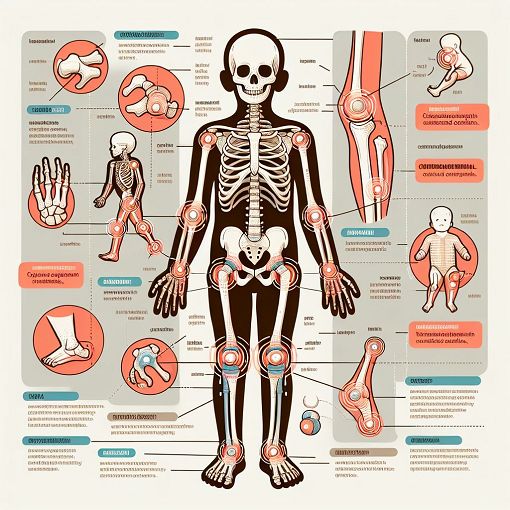Musculoskeletal
{"name":"Musculoskeletal", "url":"https://www.quiz-maker.com/QPREVIEW","txt":"Test your understanding of musculoskeletal disorders and care with our engaging quiz! This quiz challenges your knowledge on conditions like osteoporosis, congenital hip dysplasia, and juvenile arthritis. Perfect for students and healthcare professionals alike.Key Features:Multiple choice questionsFocus on pediatric musculoskeletal conditionsAssess your knowledge and learn as you go!","img":"https://cdn.poll-maker.com/104-5106395/img-zdgaqmxjegsmqkithq58kmnh.jpg"}
More Quizzes
Procedures: Units 4-6
10510
Ortho I Exam 1 Practice Questions
281431
Son Leylek
4227
Dancing 💃🏽
630
X-Men: Classic Series Trivia Challenge
201018029
Self Awareness Test - Free Assessment with Instant Results
201018250
Paralegal Certification Practice - Free Online
201017678
How Long Do I Have Left to Live? Free
201017477
Phishing - Spot Email Scams and Stay Safe
201017817
Codon Chart Practice - Translate mRNA to Protein
201015965
Volleyball Rules - Free Online Challenge
201020123
CSI - Test Your Forensic Crime Scene Smarts
201020027
